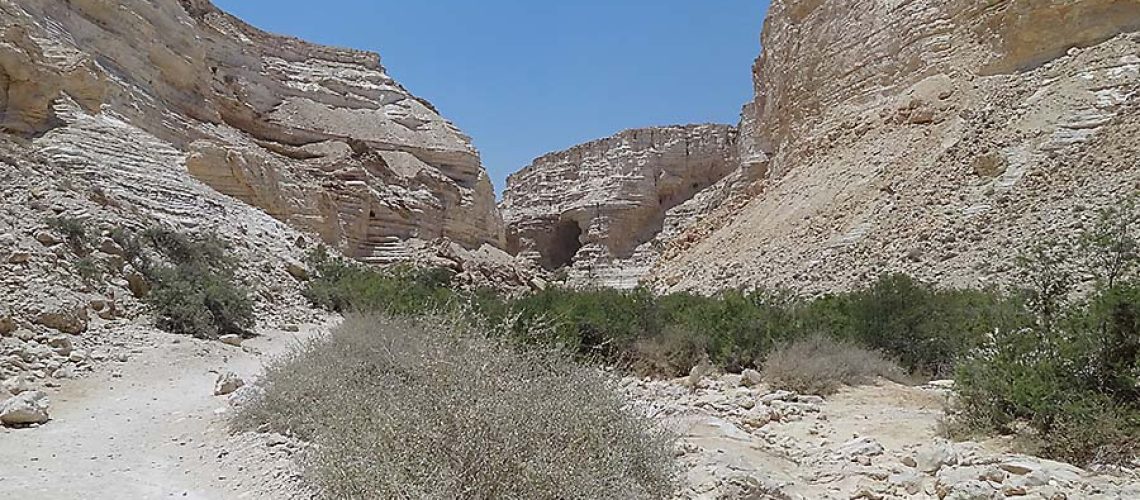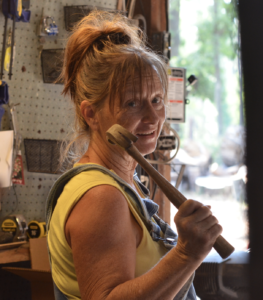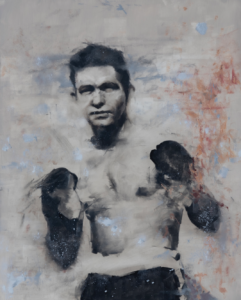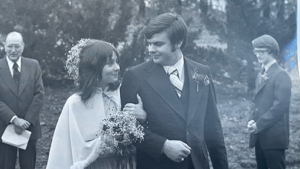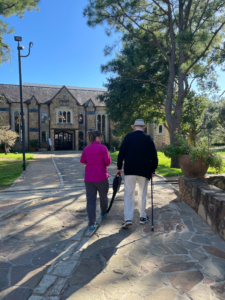Having never been to the ‘promised land’ until this summer, my first impression of the place and it’s people was the sheer complexity of the cultural dynamics in such a small piece of real estate. Israel is only slightly bigger than New Jersey, but that says little about the size of it’s impact on everything from politics to religion, now and in the ancient past. ‘Little’ underestimates it’s geology, it’s geography and it’s cultural genealogy. In less than two weeks, we covered the country, from the roaring, drinkable springs of northern Galilee to the soaring beauty of the Golan Heights with their famous no-man zone. We went south to the Dead Sea. We skirted the disputed, slightly harrowing border of Gaza and marveled at the desert Negev.
Until this trip, this country, these places were mere names in the news, distant memorized facts from some educational input, or dusty places of recall from the book that I live my life by (or at least try). But, seeing the place, feeling the rhythm of it’s people, seeing the Orthodoxy of black coated and bearded Jews, heads always covered and their wives in near identical brown wigs, passing border crossings that indicated Palestinian territories or the communities of Arab citizens of Israel made me realize how utterly complex humans are and how often our history revolves around the biggest differences between us and the smallest differences that separate us. In doing so, we make it exceedingly difficult to grasp what is true. We find it expedient to rely more upon evolving untruths with little understanding of how easily they can blindside us; how easily they drive us.
As we traveled, my appreciation for the enormity of the hope for Middle East peace grew to fill the ‘never possible’ category of my mind.
What I mean to say is this: as humans we are extremely good at making impossible-to-solve problems. They become impossible because once we make them sufficiently complex, the truth is almost impossible to ferret, certainly simple truths are lost and you reach that place where finding a simple solution, and especially one you can implement, is gone. Because no one really knows whats true.
On one day as I sat on rocky soil overlooking the very wilderness where Christ certainly walked and I personally believe was indeed tempted, I thought about this promised land and the role it has played in my own identity, the things that I grew up, the bearing it had on what I believe. This white-trash-side-of-Arkansas girl seemed much farther from the middle east six decades ago then now, but in reality I never was. This complicated, convoluted land carries the moniker of the ‘cradle of civilization’. It’s political and religious stresses and strains hardly contained today, have, do and will spill over its’ borders and across the globe. It’s inhabitants longstanding quest to assign God or gods to their rightful places, were always a part of my history and my ancestors history. It’s framed the belief system I have relied upon. It’s part of the ramped up and clearly defined quest I’ve been on since my son died, to know what part of theology I grew up with stands on truth and grace.
I was feeling a bit high and mighty because it seemed I had solved the middle east problem in terms that might not have been helpful in general but certainly defined it’s hopelessness and then I wondered something ever more disconcerting. Humans create huge societal unsolvable problems because individually we do that as well. As individuals we make our lives complicated in ways that get us lost. Constantly. To our detriment.
I do that.
On the way back on the last weekend of this Israel trip, back on the bus and me still thinking and considering the yoke humanity places on itself, we made a scheduled stop at a wadi on the west side of the Dead Sea. The lively stream was pretty and cool and eventually dumped her waters into that blue-green sea that is so salty it makes the heaviest one of us float, but today, the plan was to travel up this wadi’s source. The day was hot, very hot and I had my flip flops on. There were 20 of us, I the oldest and one of only two females. The rest of the group were young, vigorous males.
As I have gotten older, my ability to access height dominated situations has diminished to the point that I now believe, strongly, that anyone within two feet of the edge of any precipice is going to be dragged to the edge and hurled off by some insane property of gravity that to date has not been sufficiently defined in scientific literature. And this wadi, where the bus waited at the end, at the top, was looking suspiciously like the exact conditions that produce such an anomalous gravitational pull.
“Are we going up that cliff,” I ask one of the young, vibrant men who has seen fit to bring up the rear of the group despite my slowing gate.
He’s smart, he’s sensed there is a problem and he is searching his database for the correct answer. It’s now a long way back to the Dead Sea and that’s not in the direction of the bus.
“I could hold your water bottle for you while you climb,” he says, as we begin ascending.
I made it to the first level up, about a third of the way, a small overhang, just after the first completely vertical, iron ladder that made you come nose to rock on the mountain face. At this point, no one is ignorant to how much I am struggling. Mostly bawling, tears, sunscreen and sweat welling around my eyes, I hiccuped from fear-crying and faced the inside of the cliff as people hovered above me and below me, wondering whether it was best to crowd around or give space.
“I can’t do this,” I thought to myself, grabbing the iron hand holds that had been fashioned into the rock. I placed my feet in carved out steps, one above the other. There were birds of prey soaring high above me, where the bus was parked. “I am literally in the valley of the shadow of death,” I thought, recalling one of the few verses from the Bible I have committed to memory. There was no humor or irony or sarcasm at the time.
Two thirds, which was the rest of the way up, included three more vertical iron ladders perched on the side of the mountain wall and an insane number of tiny foothold, hewn steps, with iron grasps.
Frankly, I have no idea how long it took me to reach the top. Once there, I moved away from the cliff and away from the bus where the group milled about in silent support and I settled into the reality of my embarrassment over irrational hysteria when faced with heights.
I got on the bus, there were gentle hugs, sweet murmurings of ‘you did good being as afraid of heights as you are’.
But I also thought this. How did I get to the top? What did it take? How did I eventually solve that unsolvable problem? Well certainly part of it was just moving forward, one step at at time, but within that movement was the fine interplay of when to let go, and commiserate with that, when to hold on. But what the entire solution rested firmly on, in reality, was the faith in the truth, the truth of gravity, that there was no anomalous property that was bound to take me off the side of the cliff unwarranted.
It’s truth that solves problems, whether complex, simple, or seemingly unsolvable ones and the letting go of things that aren’t right and the holding on to the ones that are so you can persevere. For problems, big and small, personal or communal.
For me, this side of heaven I will always be looking for what is true, and I am much farther ahead in knowing than I used to be. Searching is good, you grow that way. Of all that I’ve tried to fix and failed, of all the problems I have created and wished I hadn’t, this is one thing I have found to be always true. As constant as gravity, it’s man that is bound to disappoint, not God. God, well He never does, He is true. Be it in my life, yours, or in Israel. Be careful when you assign to God what falls into the free will of man’s lap. It could have you hanging on the side of mountain, assigning to gravity a property it never had and you believing in a lie. Or worse, not knowing that God is true.


